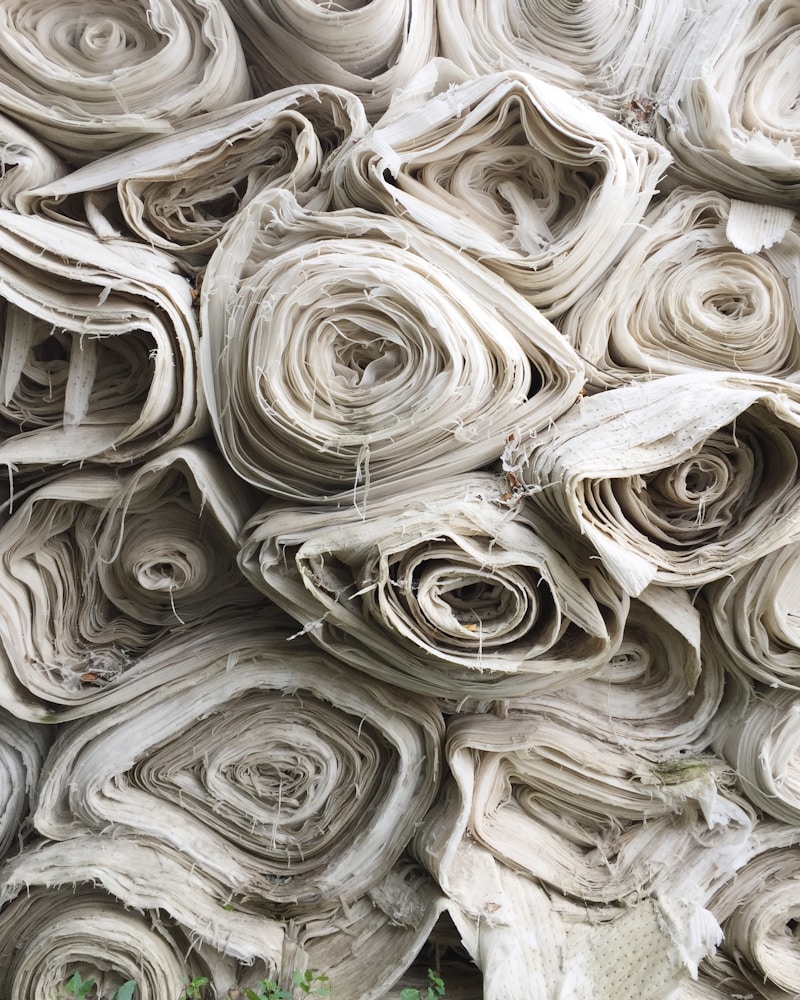Exploring the Art of Graceful Movement in Fabric: A Comprehensive Guide
Understanding Graceful Movement in Fabric
Fabric can significantly influence how we perceive and interact with our attire and surroundings. The concept of Graceful Movement in Fabric encapsulates the fluidity and elegance of textiles, a crucial aspect in fashion design, interior décor, and performance arts. This article delves into the intricacies of fabric movement, its application in various fields, and how to achieve that perfect flow in your projects.
The Importance of Fabric Movement
Fabric movement plays a vital role in aesthetics, comfort, and functionality. Understanding how different types of fabric drape and move can lead to:
- Enhanced Visual Appeal: Graceful movement enhances the visual aesthetics of garments and décor.
- Improved Comfort: Fabrics that move with the body promote comfort in wearability.
- Functional Performance: In disciplines such as dance, graceful movement is crucial for performance and expression.
Exploring Different Fabrics
When it comes to achieving graceful movement, the type of fabric used makes all the difference. Below is a table summarizing various fabrics and their movement characteristics:
| Fabric Type | Movement Characteristics |
| Silk | Soft, smooth, and flows elegantly; ideal for formal wear. |
| Chiffon | Lightweight with a sheer quality; creates beautiful drapes. |
| Jersey | Stretchy and form-fitting; ideal for casual wear and dance. |
| Organza | Stiff and crisp; great for structured garments. |
| Cotton | Durable and breathable; versatile for various styles. |
| Velvet | Luxurious feel and drape; adds depth and richness. |
Techniques for Enhancing Movement
To create garments or pieces that embody graceful movement, several techniques can be employed:
1. Choosing the Right Cuts
The cut of a garment significantly influences its movement. Consider flared skirts or wide-legged trousers that allow for ample flow. Asymmetrical hemlines can also introduce an unexpected elegance.
2. Layering Techniques
Layering different fabrics can enhance movement. A silk dress over a chiffon underlayer can create stunning effects as you walk, showcasing the grace of both materials.
3. Tailoring to Suit Movement
Employing tailoring techniques that consider the body’s natural movements can enhance the overall effect. For example, gussets and pleats can be added for support while allowing a fabric to move beautifully.
4. Fabric Treatments
Using fabric treatments such as softeners or finishes can significantly alter how fabric flows. Experimenting with these treatments can lead to a unique drape that enhances movement.

The Role of Color and Prints
Believe it or not, the colors and prints used can influence how graceful movement is perceived. Generally, simple patterns and solid colors emphasize flowing motion, while vibrant prints can add an element of fun and dynamic movement.
Understanding Color Psychology
Colors can evoke feelings and emotions, which can be mirrored in the fabric's movement. For instance, flowing pastels may evoke calmness, while bolder primary colors can energize and catch the eye. Consider the occasion and mood when selecting your fabric colors.
Applications in Different Fields
The concept of graceful movement in fabric transcends fashion. It plays a significant role in various domains, including:
Fashion Design
Fashion designers leverage graceful movement to create collections that resonate with audiences. The ability of a garment to move naturally with the body is often a selling point that reflects quality craftsmanship.
Performing Arts
In dance and theatre, the use of fabric is pivotal. Costumes are designed to facilitate and enhance movement, allowing performers to express themselves fully without obstruction.
Interior Décor
In interior design, the movement of curtains and drapes plays an integral role in how a space feels. Lightweight fabrics that flow can soften a room, while heavy ones may create a more grounded, cohesive look.
Graceful Movement in Fabric: Key Takeaways
Achieving graceful movement in fabric combines an understanding of materials, design techniques, and a consideration for the context in which the fabric will be used. Here are some key takeaways:
- Choose fabrics that create the desired fluidity and elegance.
- Utilize tailoring techniques to enhance natural body movement.
- Consider color and print as vital factors in the perception of movement.
- Think outside fashion; graceful movement is essential in performance arts and interior design.
Final Thoughts
In conclusion, the concept of Graceful Movement in Fabric is a multifaceted topic that encompasses a variety of techniques and applications across different fields. Whether you are a fashion designer, a performer, or someone interested in interior décor, understanding and implementing the principles of graceful movement can add an extraordinary element to your work. Remember the importance of selecting the right materials, colors, and techniques to get the fluidity you desire. As you continue to explore this fascinating aspect of textile art, may your creations and designs continue to inspire elegance and beauty.